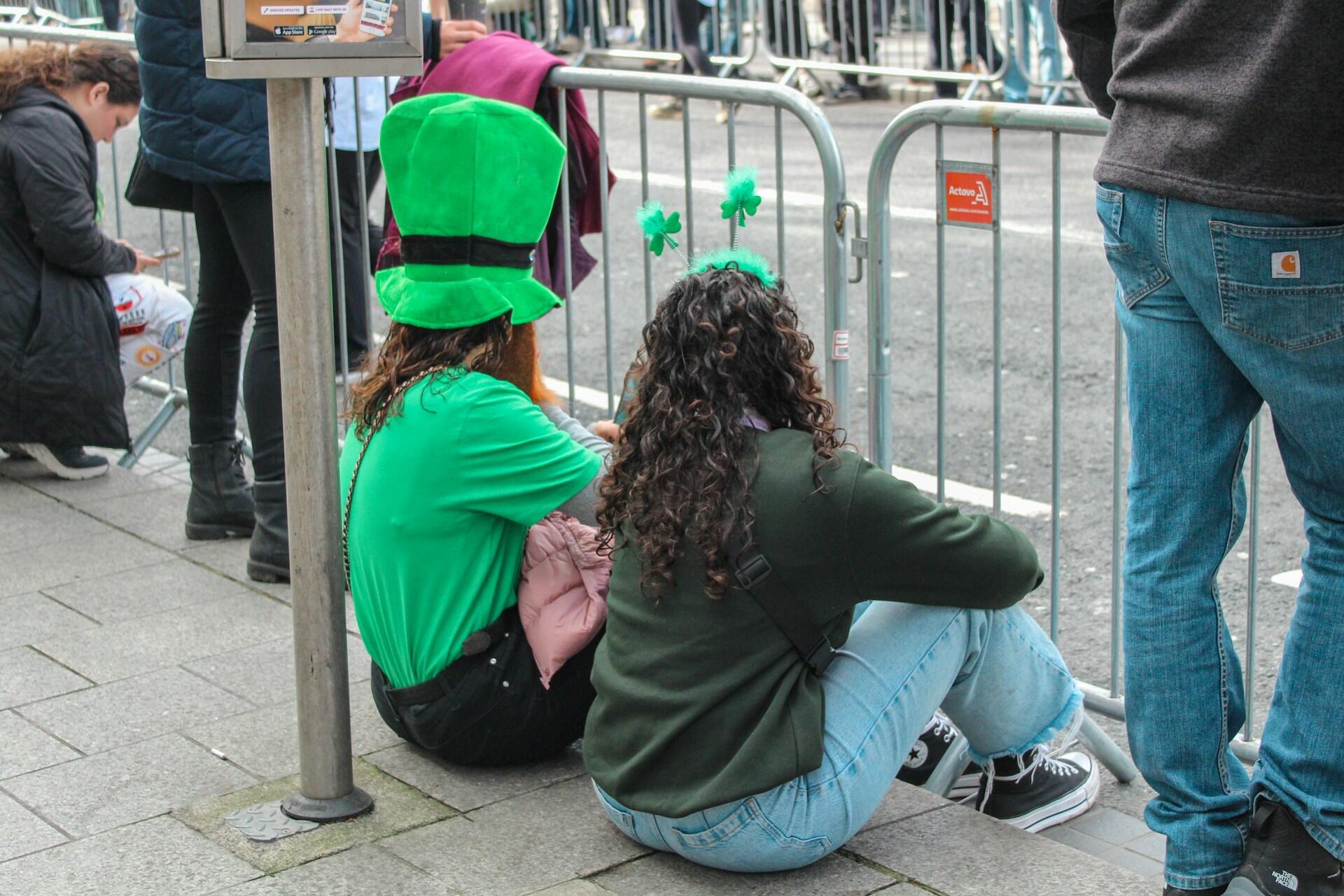Ireland's long history gives us an impressive list of people to meet. They were warriors and pirates, politicians and religious figures. They devoted their lives to social efforts, and created culturally significant works. From priests and authors, to leaders and revolutionaries, we now explore historical Irish figures.
| 👩🏻🤝🧑🏻Who? | 📅Birth/death dates | 🏆Famous for: |
|---|---|---|
| Bram Stoker | 1847 - 1912 | Writing the world's most famous Gothic novel, Dracula. |
| Jocelyn Bell Burnell | 1943 - present | Discovering radio pulsars |
| Charles Parsons | 1854 - 1931 | Inventing the steam turbine. |
| Ernest Shackleton | 1874 - 1922 | Leading antarctic explorations. |
| Anne Bonny | disappeared from public records after 1720 | Being a pirate. |
| Daniel O'Connell | 1775 - 1847 | Bringing about Catholic emancipation. |
| Maud Gonne | 1866 - 1953 | Being an Irish independence fighter. |
| Brian Boru | c. 941 - 1014 | Uniting Ireland. |
| Charles Stewart Parnell | 1846 - 1891 | Being a leading figure in the Home Rule movement. |
| James Connolly | 1868 – 1916 | Founding the Irish Socialist Republican Party |
| Joseph Plunkett | 1887 - 1916 | Being a key figure in The Rising. |

Brigid of Kildare c. 451 - 525
Brigid is Ireland's only female patron saint, but she's often reduced to being the goddess of poetry, or blacksmithing, or any of the number of things she's the patron saint of. However, this early Irish hero did much more than that. She founded the Abbey of Kildare, and several convents, besides.
Among other things, Brigid was a champion of women's rights, securing freedom, property, and security for them, under the law. Apocryphal or not, Brigid belongs in the ranks of legendary Irish women in history.
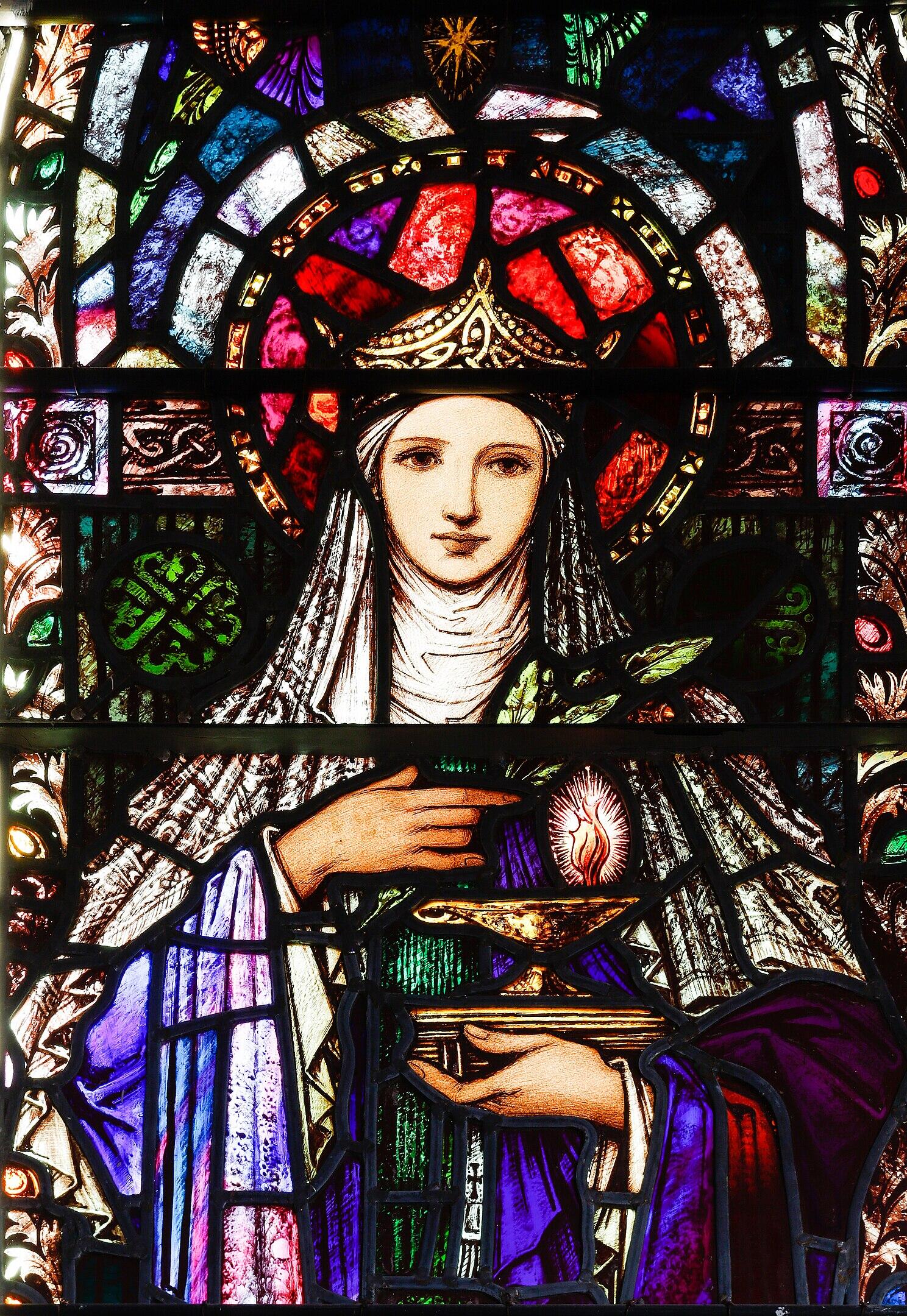
After all, some documentation exists to prove her existence, even if it reads more like mythology than fact.
They are: Saint Patrick, Saint Columba, and Brigid of Kildare.
Of Ireland's three national saints, Patrick is the best-known.
Brian Boru c. 941 - 1014
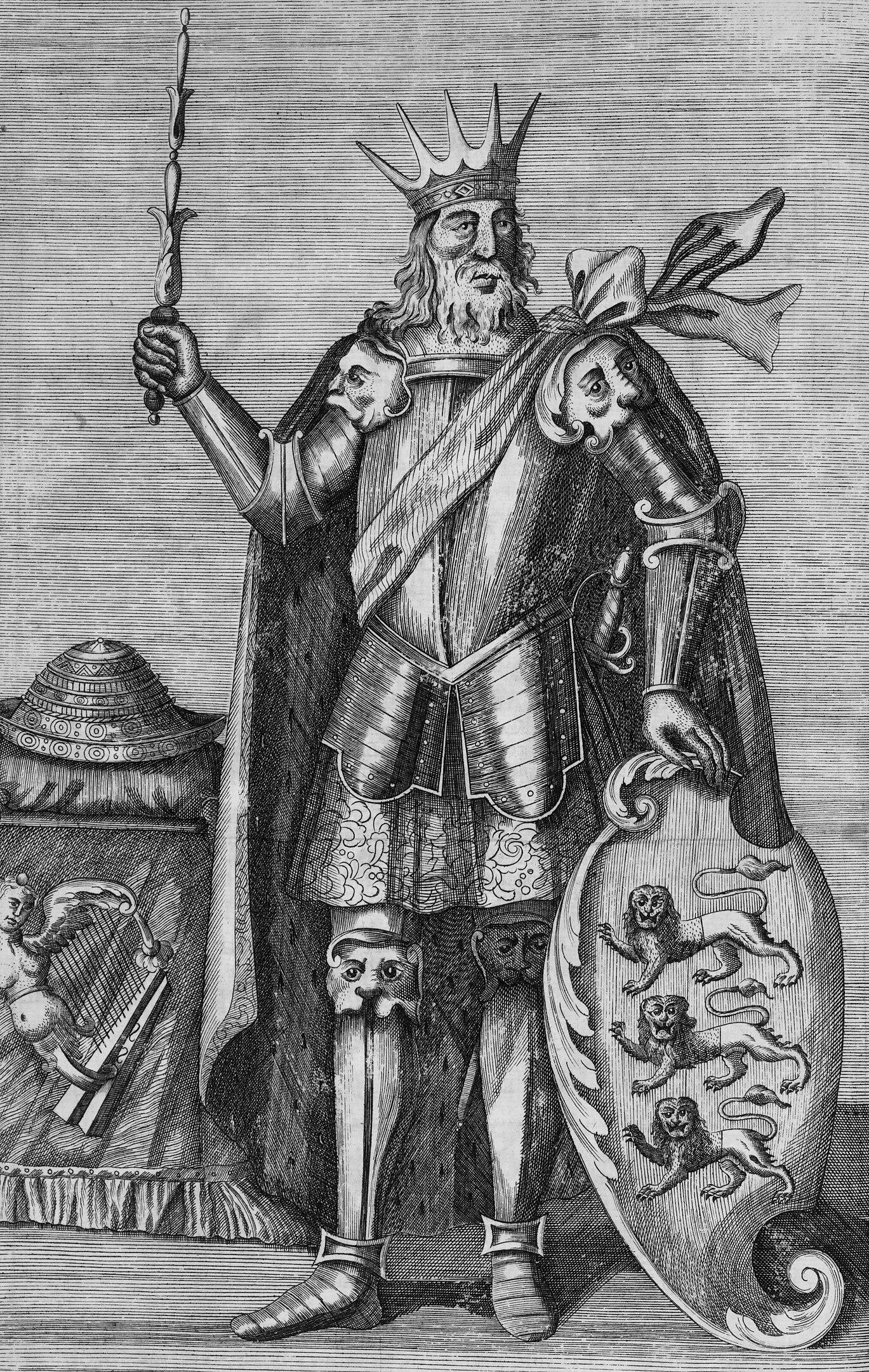
In King Boru's time, Ireland was a collection of kingdoms that fought each other constantly. When not fighting amongst each other, they were fighting Viking invasions. His role, as High King of Ireland, was to oversee everything, and act as a final arbiter to any conflict.
As you might imagine, this was an impossible job. He contended that Ireland needed only one king, and set about bringing other kings to his perspective.
Lesser kings were not happy with the idea of losing their status, so they launched into battle. The Battle of Clontarf decided the matter, as well as who would take Brian's place on the throne.
Anne Bonny (disappeared after 28 November 1720)
It's quite unfortunate that women's lives weren't considered on par with men and their deeds. If so, we might have known her birth and death dates, and what compelled Anne Bonny to leave her husband for a shipful of pirates. All we know is that she was born in County Cork, somehow made her way to the Bahamas, and joined Calico Jack on his pirate ship. The last recorded appearance of her was in 1720.
Between the 1650s and 1730s, few pirate ships welcomed females.
Anne Bonny is a star in the history of piracy. We know of her deeds from trial transcripts. Many actresses have portrayed Anny Bonny, on stage and in film. Unfortunately, none of them were from Ireland's popular actor rolls - but, that can always change.
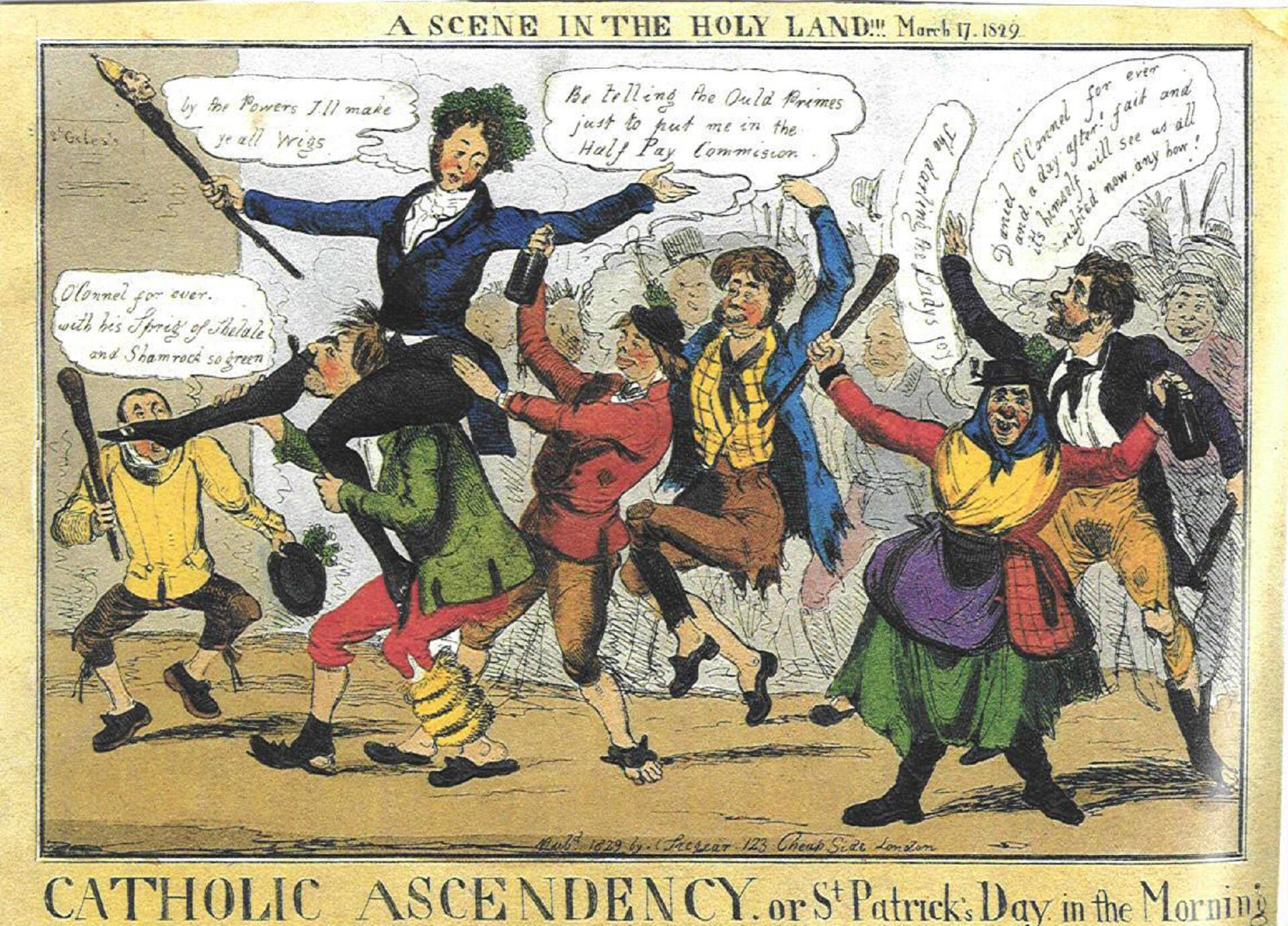
Daniel O'Connell 1775 - 1847
Among Irish historical figures, Daniel stands as a champion of the people. He united and mobilised Irish Catholics, from the poorest farmers to society folk. Known as The Liberator, he secured greater political freedom for those of the Roman Catholic faith.
The Act of Uniformity (1662) limited the faithful's participation, even barring them from government seats.
Among Daniel's laudable acts, he ensured that believers of all faiths had equal representation. His greater effort was trying to repeal the 1801 Act of Union. He ended up disappointed and disillusioned, having lost popular support through his many compromises.
Charles Stewart Parnell 1846 - 1891
Where Daniel O'Connell fell short, Charles Parnell excelled. He came from a well-to-do Anglo-Irish family from County Wicklow. His family wealth and Protestant roots gave him easier access to the British Parliament. Examining his timeline of political activity, we find substantial overlap:
1875 to 1891
Served in the British Parliament
1880 to 1882
Leader of the Home Rule League
Also called the Home Rule Party
1882 to 1891
Led the Irish Parliamentary Party
1885 to 1886
Home Rule Parliamentary debates
The Irish Parliamentary Party held power at this time.
Charles Parnell lost all his political capital when the public discovered he was enjoying a long-term illicit relationship. His fall from grace was as brutal as it was sudden. He died a year later, of pneumonia.

Bram Stoker 1847 - 1912
Not all Irish historical figures were warriors or politicians. The Irish writer, Abraham 'Bram' Stoker, is notable for creating one of the most enduring works of Gothic fiction. Dracula isn't just a major turning point in vampire fiction. It's also one of the most renowned classic texts in English literature. Not bad, for a boy who was bedridden for the first seven years of his life!
Were he still living today, Abraham Stoker would surely count among the most famous people from Ireland.

He was witty and charming, and skilled with the written word. He gave the world a fascination with the occult, and teased us with legendary rumours from distant lands.
Charles Parsons 1854 - 1931
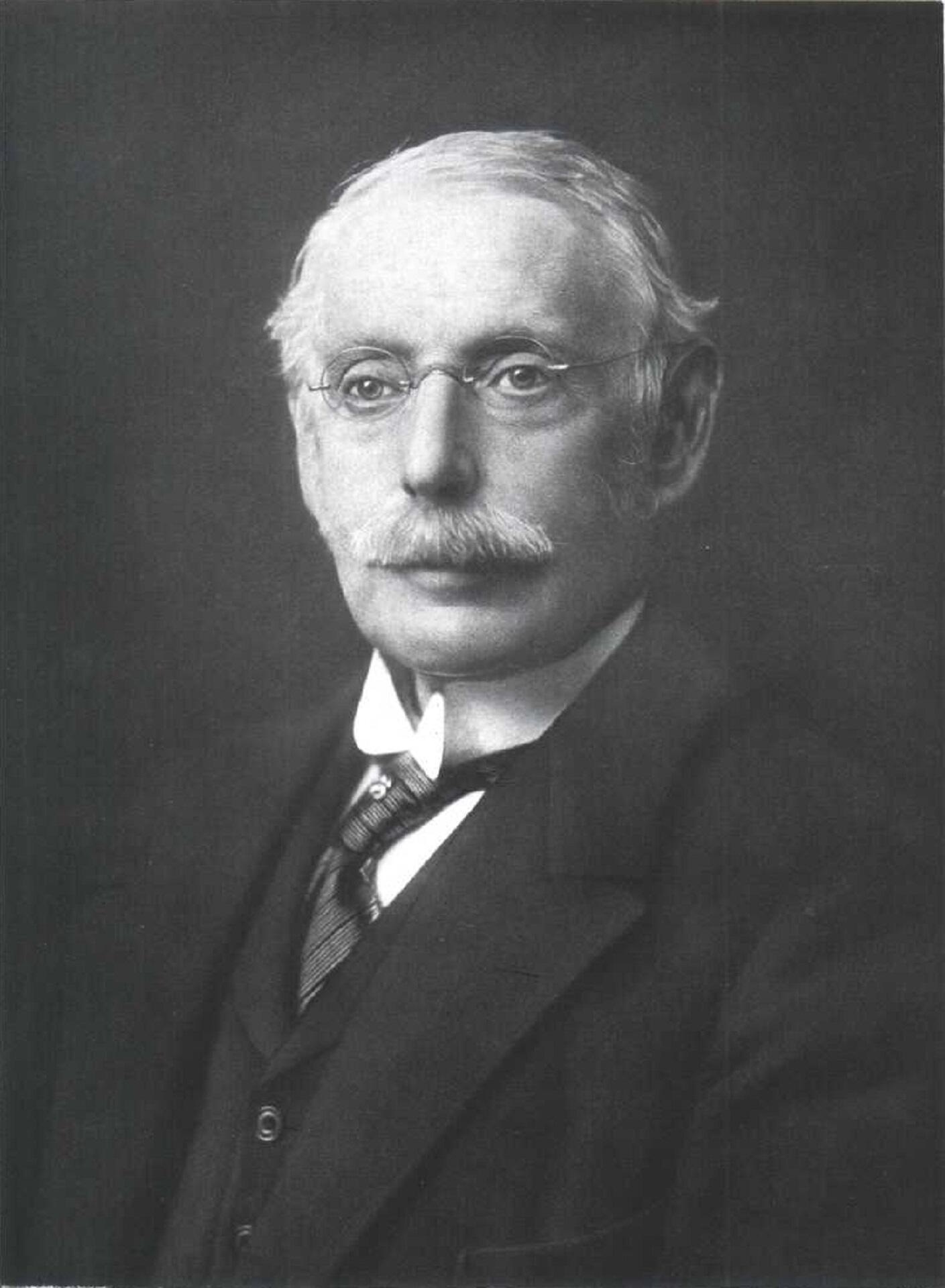
Charles Parsons was the son of William Parsons, the 3 Earl of Rosse. You might know the elder Parsons as the engineer-astronomer who built several telescopes, the Leviathan being the most famous of them. So, it's no wonder that the son's genius rivalled the father's.
Charles Parsons designed the steam turbine, which opened the floodgates to numerous industrial and marine innovations. Not the least was ship propulsion, but he also worked on power generation, including turbine and dynamo designs.
For extra measure, he kept his father's work alive, by helping develop optical equipment - telescopes, searchlights, and the like.
Maud Gonne 1866 - 1953
As she had the funds to travel, Maud visited the United States, and travelled throughout England, Scotland, and Wales. Everywhere she went, she campaigned for Irish nationalism. To ensure her message carried on after she left, she founded the Irish League. She also helped found the Daughters of Ireland (Inghinidhe na hÉireann) to unite women in the country itself.
James Connolly 1868 – 1916
Among historical Irish figures, James Connolly features prominently. He was born in Edinburgh but his parents were Irish. He joined the British army when he was 14 years old, and was stationed in Ireland. Such a roundabout way to set foot in one's ancestral lands!
He married fairly young, at 22. He intended to protect his growing family from political turmoil, but his socialist convictions made fleeing Ireland impossible. That, and pressure from his friend, John Leslie.
Connolly saw little hope in Irish independence, and grew frustrated waiting for Britain to turn socialist. So, he founded the Irish Socialist Republican Party.
James Connolly was a prolific writer, despite not being listed among Ireland's most famous authors. It's likely because his publications were political in nature, and often went against the official narrative. His 'contrariness' led to an undignified execution. Parliament members debated the legality of executing a man who was already dying from battle wounds, but went ahead with it, anyway.
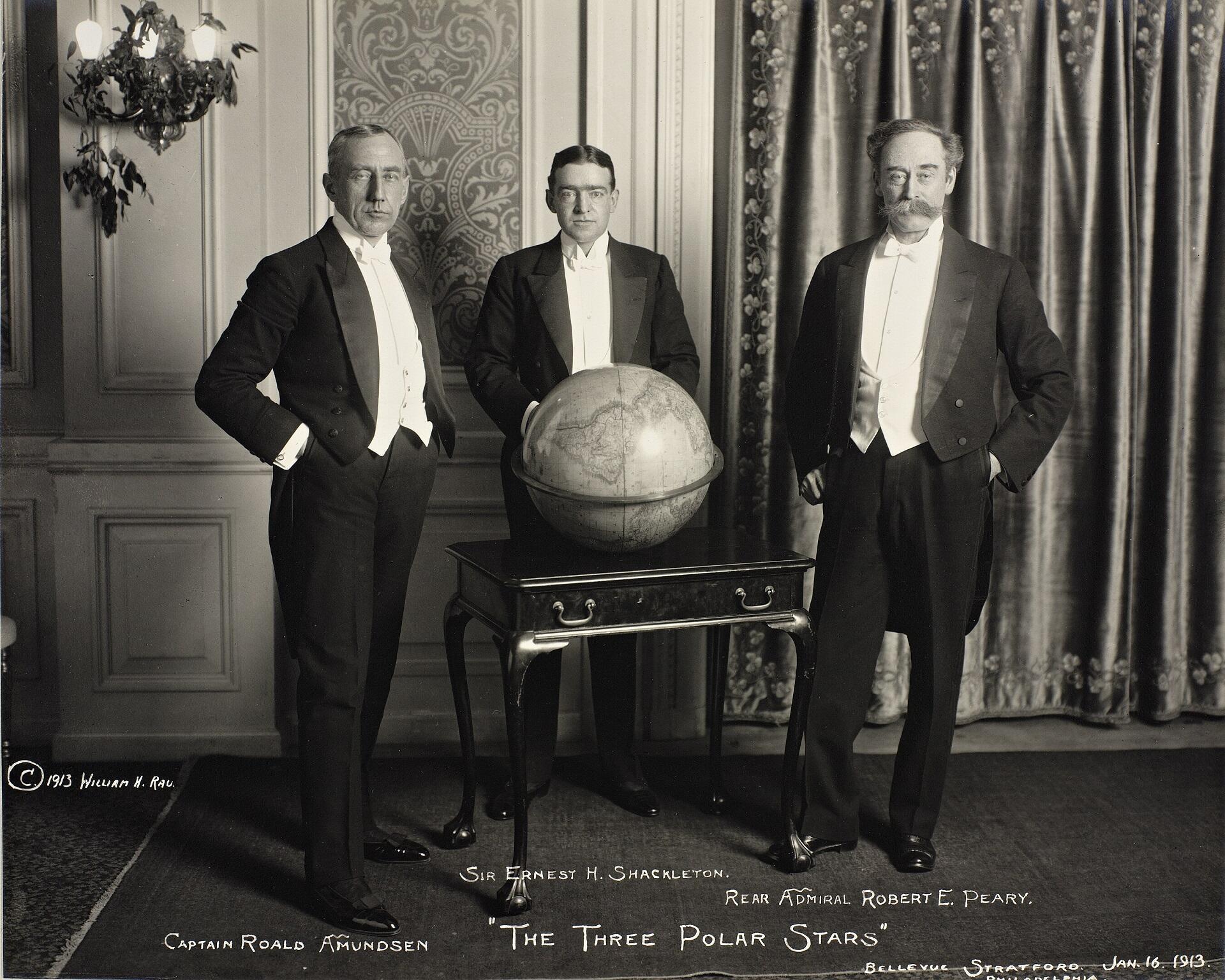
Ernest Shackleton 1874 - 1922
As a boy growing up in County Kildare, Ernest dreamed of adventure. In that respect, he was like many boys, and not even his London education could convince him that that was no life for a gentleman. In fact, he discovered that most of the world had already been 'adventured', so he set his sights on places nobody had yet been.
You are always wanting me to give up things, what is it I ought to give up?
Ernest Shackleton, to his doctor
His adventurous life met with a steady stream of disappointments: health scares, equipment breakdowns, and others beating him to his goals. He died of a massive heart attack, when he was 47 years old. Perhaps his strangest legacy is being touted as a leadership expert, rather than for any of his adventures.
Joseph Plunkett 1887 - 1916
Sometimes, short lives are the most impactful, as was the case with Joseph Plunkett. Born into a wealthy Dublin family, he travelled extensively as a child, to help cure his tuberculosis.
The disease left him frail, a condition that would plague him for life. Still, no matter where he was, he remained interested in Irish culture, language, and heritage.
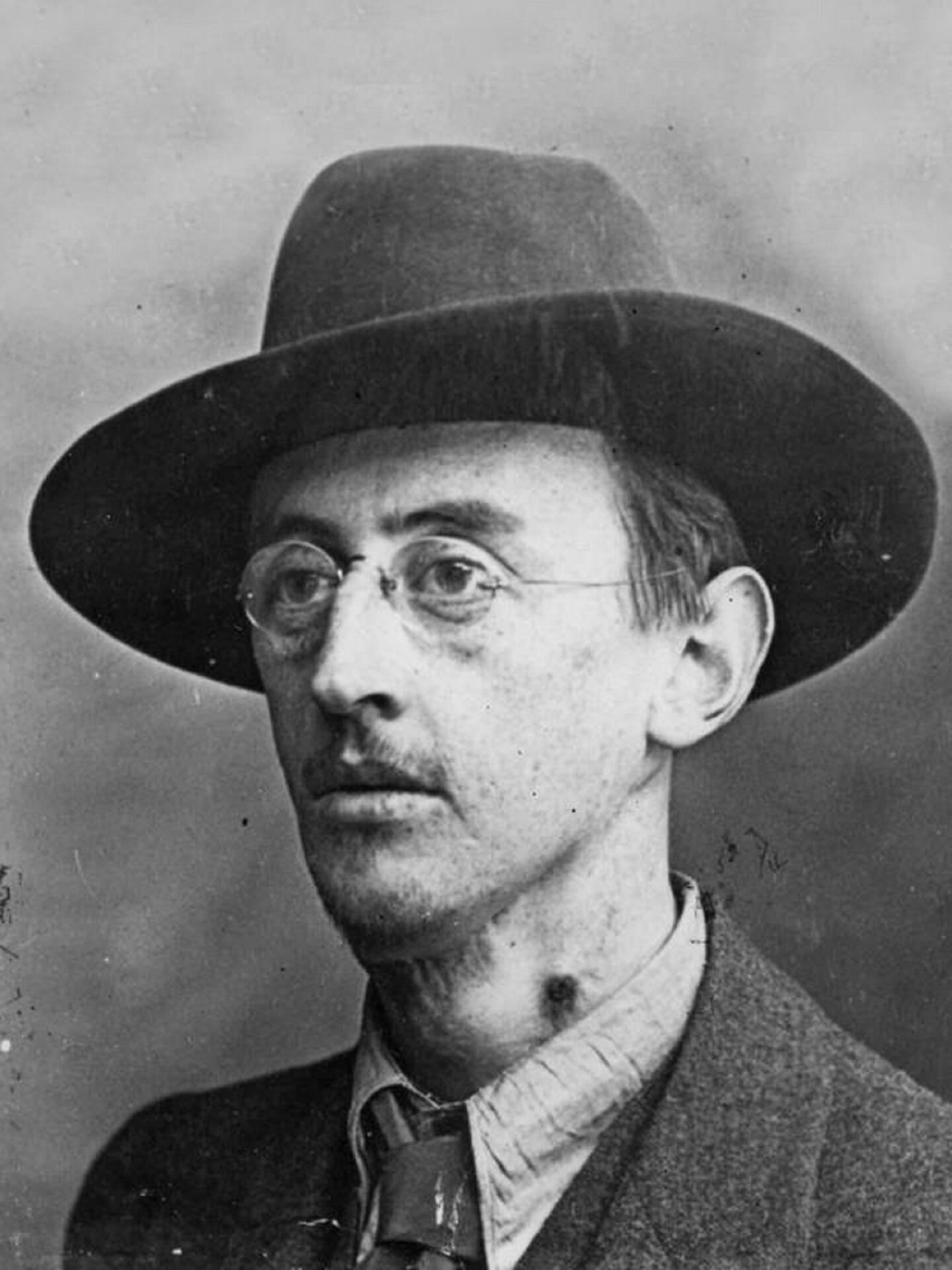
So, it's no surprise that he dedicated his life to the Nationalist cause. He joined the Irish Volunteers when the group was still trying to figure out its goals, and got involved with the Irish Republican Brotherhood. Come time for The Rising, he was fully primed for action. His poor health did him in; he was quickly arrested, tried and executed for his activities.
Michael Collins 1890 - 1922

This revolutionary Irish hero served alongside Joseph Plunkett, working out of the General Post Office. Far less well off than Joseph, Michael's travel to London (in 1906) was for work, not refined education.
Returning to Ireland in 1916, Michael quickly joined the Irish Volunteers and Sinn Féin. Despite being arrested for his role in The Rising, he remained a popular politician, until his untimely death.
We may even count Michael Collins as one of Ireland's most famous politicians. Young as he was, and with death coming for him so early, he nevertheless held political office. Had he not been assassinated, he likely would have been a lifelong politician, so high was the people's esteem for him.

